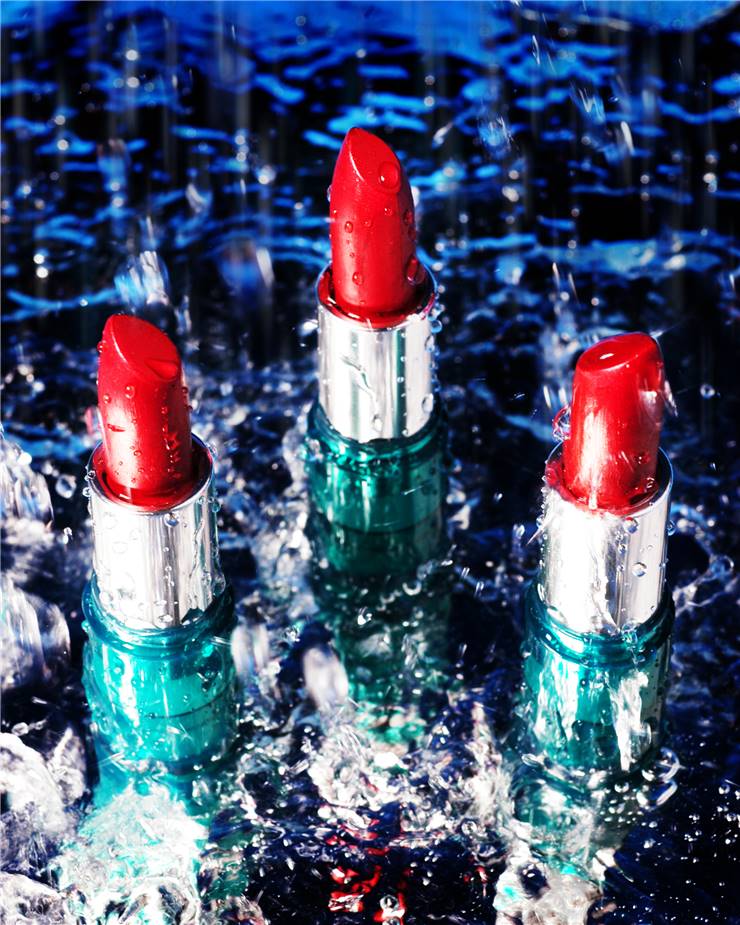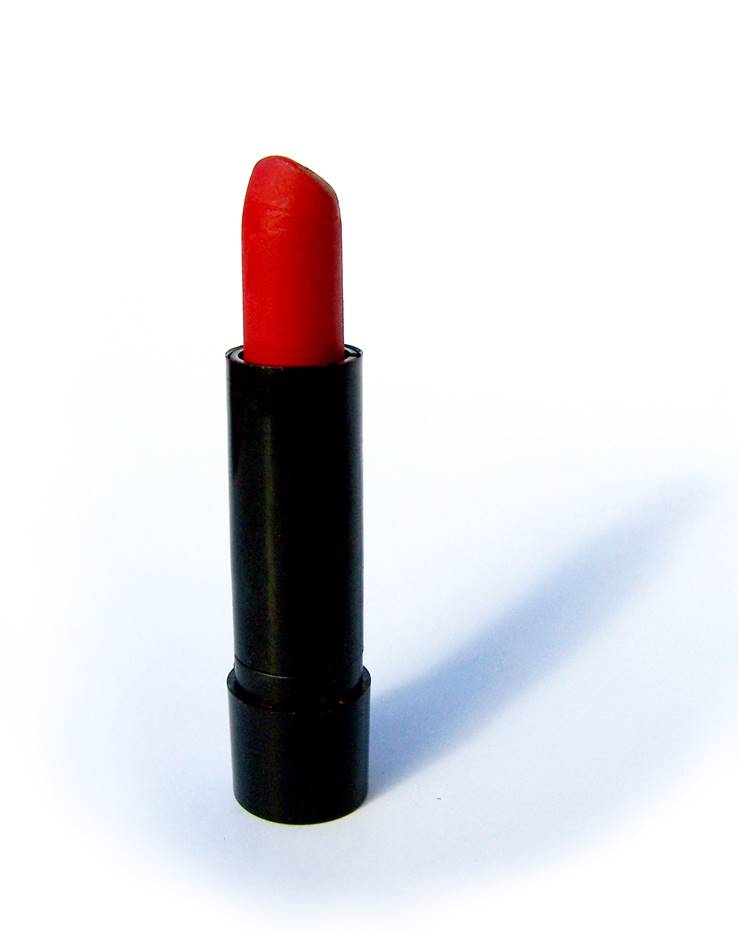Lipstick History and Facts
Since the dawn of prehistoric times, humans always had the need to distinguish themselves among others. Clothes, shoes, tools, jewelry and cosmetics were first of the ways we managed to do that, but lipsticks and facial pants were one of the most noticeable ways to change our appearance. Hunters painted their skin to better blend in with their surroundings, priests and acolytes decorated themselves to honor their gods and beliefs, and young people used every way imaginable to make them more pretty and presentable to the opposite sex.
However, in the long prehistoric periods lipsticks were made only from readily available natural sources – fruit and plant juices. As early civilizations started appearing in the Middle East, North Africa and India, advanced manufacturing processes enabled mankind to finally start producing new kinds of lipsticks. First ones to do so were Mesopotamian women, who grinded out precious gems and used their dust to decorate their lips with glimmer and riches. Women from Indus Valley Civilization used lipstick regularly, but it was Egypt where manufacture of lipstick received many advancements. There, royal members, clergy and high class used several types of lipsticks, some of them with recipes that contained poisonous ingredients that could cause serious illnesses. It was there that carmine color became popular, extracted from the bodies of cochineal insects, technique that is widely used even today (although governments in US and EU heavily regulate presence of that pigment in our food and cosmetic products).

Detailed History of Lipsticks
Modern fashion could not be what it is today without the presence of lipsticks. Here you can find out how they came to be, and how they traveled through ages and slowly gathered popular acceptance.
Facts about Lipstick
Do you want to know more about lipsticks? You are interested about its influence on modern society and fashion? Then enter here and find out all the relevant information collected in one place.
Lipstick Manufacturing Process
Manufacture of lipsticks is an ancient art that received numerous upgrades in the last few centuries, but the basic formula remains the same. Here you can find out more about this fascinating theme.

After Egypt managed to spread their inventions and advancements across entire Europe, lipstick managed to find its home primarily with the actors of the Greek and Roman empires. As Christianity took hold in Europe, lipstick became thing of the past and almost totally forgotten (Catholic Church condemned the use of cosmetics, often connecting red lipstick use with the worshiping of the Satan). The Resurgence of the lipstick returned in 16th century, during the dramatic fashion changes that were implemented by English Queen Elizabeth I. Her fashion style of stark white faces and brightly painted lips was popular for some time, but quickly after that lipstick fell to the margins of the society where it was used only by low class women and prostitutes. This trend did not changed for several centuries, until industrial revolution of late 19th century managed to bring back commercial lipsticks into the popular fashion. With ease of manufacturing, low prices, rise of photography, and popularization by many famous film actresses, lipsticks finally became commonly used in second decade of 20th century. By then, innovators managed to create its modern swivel-up tube, chemist created glossy recipes, and fashion started dictating popular lipstick trends and colors.
In today’s modern society, lipsticks are viewed as one of the most important fashion items. They are cheap, easy to use, and can create dramatic changes in the look and life of the individual who wears it. Countless lipstick brands fight for worldwide supremacy and invention of new recipes and styles have led us to the point where over 80% of women in North America use lipstick regularly and over 30% of them have 20 lipsticks in their possessions in any time of their adult life.
Lipstick managed not only to change the way we see fashion, but it also influence many cultures over the last centuries and millennia. Many civilizations implemented complex rituals and traditions surrounding lipstick. In some areas, lipstick as necessity because of their medicinal purposes (protection of lips in dry and windy conditions, sun protection, etc.), and somewhere it just became part of life (high class traditional Japanese wives were forbidden to walk in the public without full face makeup).
Lipsticks were with us for thousands of years, and they will remain with as long fashion exists.

